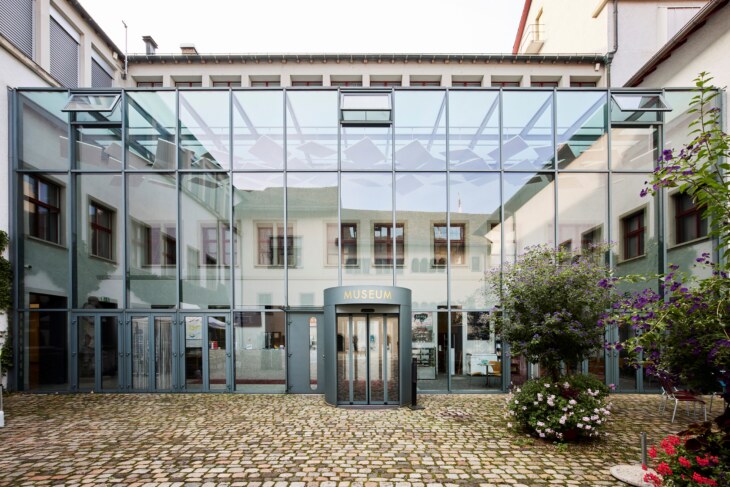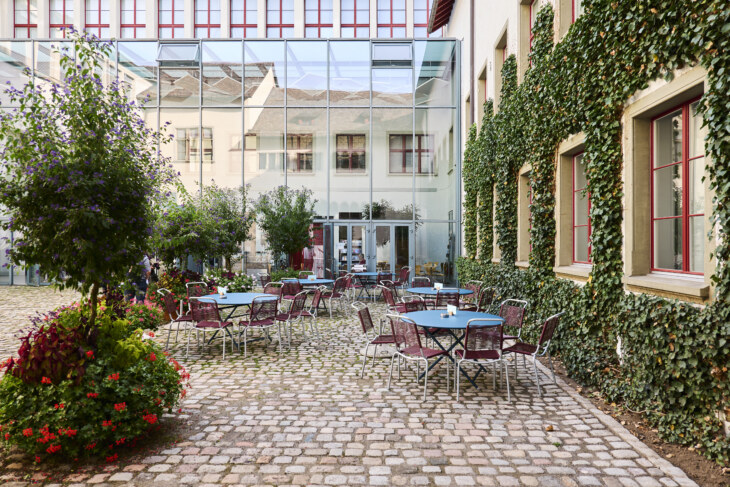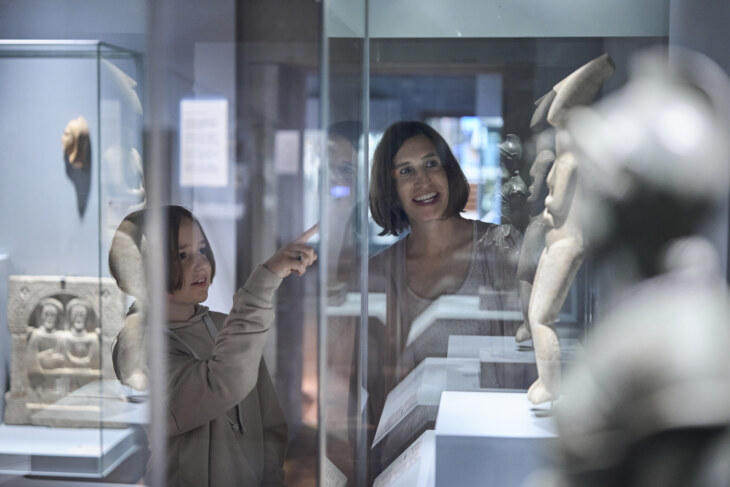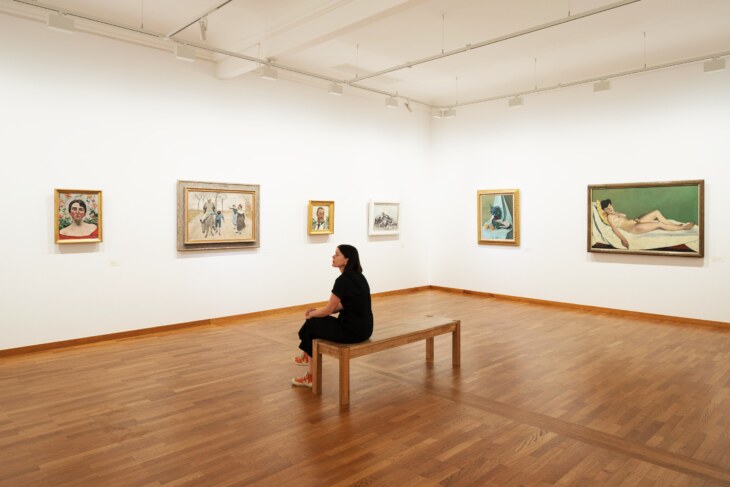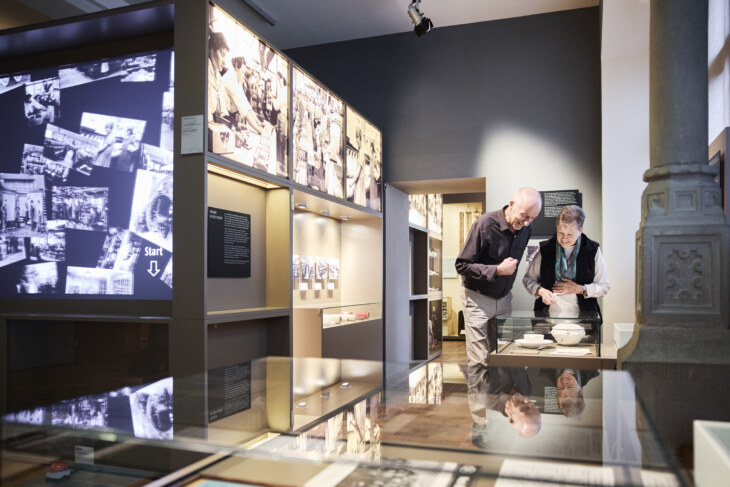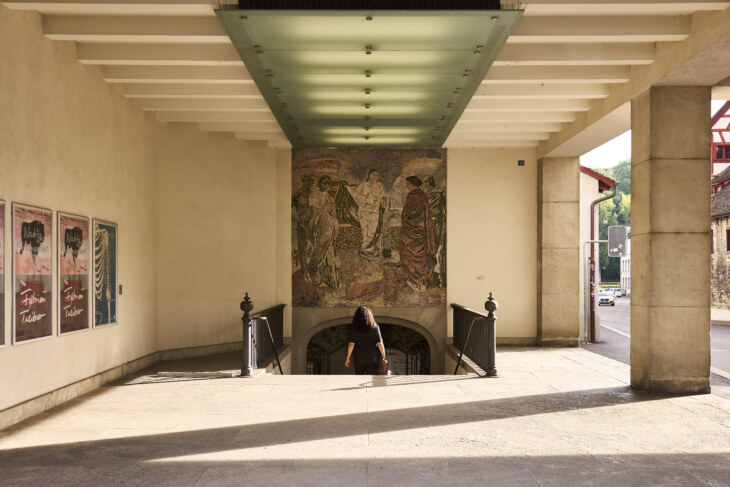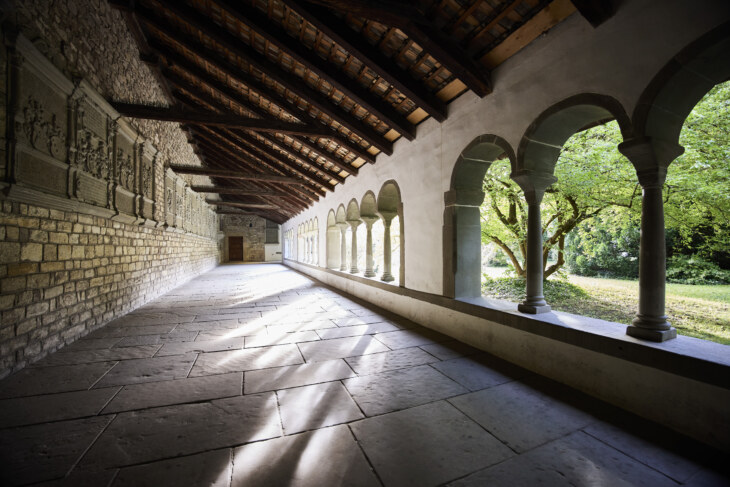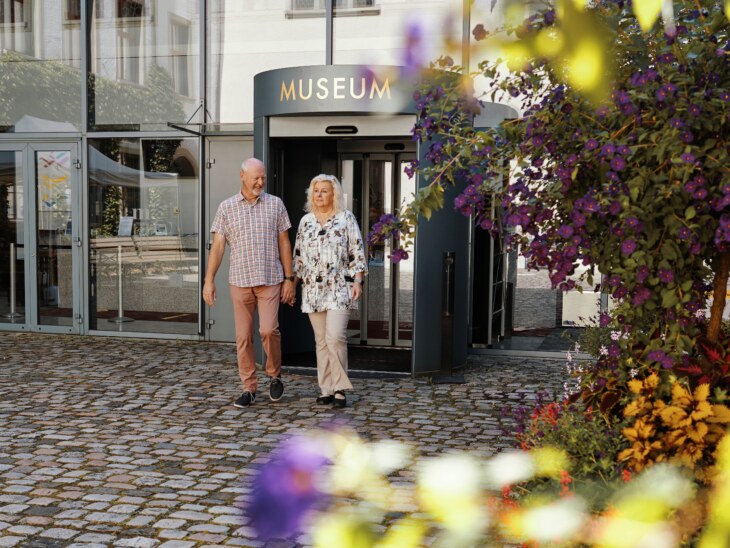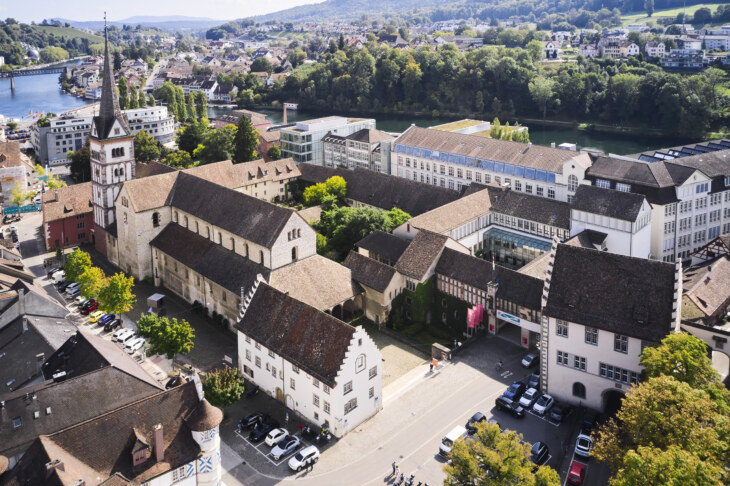About Us
Located in the picturesque old town of Schaffhausen, in the former Benedictine monastery of Allerheiligen (All Saints), the museum presents artifacts from the monastery’s past as well as a significant art collection ranging from the 15th century to contemporary art. It includes works by Lucas Cranach the Elder, Ferdinand Hodler, Félix Vallotton, Otto Dix, and Adolf Dietrich, among others. With the Ebnöther Collection, the museum is also home to one of the most important collections of antiquities in Europe. New media and interactive presentations offer a new perspective on the archaeology of the region as well as Schaffhausen’s urban and industrial history.
The museum cafe, with seating in the idyllic Pfalzhof in the summer, invites visitors to linger and relax. The monastery complex also includes the largest Romanesque church in Switzerland, a wonderful cloister, and the picturesque herb garden, one of the most beautiful public gardens in the city.
With its extensive permanent exhibitions and regular temporary exhibitions, the museum presents a wide variety of topics in an attractive and accessible way. Interdisciplinary special exhibitions engage with current topics in culture and science. Like the former monastery that once stood here, the museum is a place of knowledge, culture, and encounters. The name Museum zu Allerheiligen alludes to the universality of the medieval monastery and expresses the diversity of the branches of knowledge represented here.
The location and architecture, which convey 1000 years of architectural history, form an integral part of the museum and offer a very special atmosphere for visitors.
The Museum zu Allerheiligen was established by the city of Schaffhausen in stages between 1921 and 1938. After a decades-long process, it was finally decided to house the museum in the former Allerheiligen monastery complex. This made it possible to preserve this complex dating back to the 11th century, which otherwise threatened to collapse. At the same time, it provided a worthy setting for the presentation and storage of the extensive art and cultural history collections that associations and private individuals had assembled over decades.
The Swiss National Museum in Zurich, whose builder Gustav Gull was initially chosen as the architect, served as an important model. However, due to difficulties in collaboration, the city council decided during the planning process to hire the Chur architect Martin Risch. By supplementing the old building elements with new buildings where necessary, he created, in his own words, “a purely functional shell for the precious core: the collections.”
During its initial decades, the Museum zu Allerheiligen presented exhibitions on archaeology, history, and art, which were primarily oriented toward categories of craftsmanship and were structured as chronological tours.
The city of Schaffhausen had already established a natural history museum at Herrenacker in 1918. While the Museum zu Allerheiligen was only partially hit by the mistaken bombing of Schaffhausen by the Americans on 1 April 1944, the Natural History Museum was completely destroyed. It was not until the 1980s that it was replaced by the integration of the natural history collections and the establishment of a permanent science exhibition at the Museum zu Allerheiligen.
With spectacular art exhibitions, the city took the leap from a local museum to an exhibition venue with an international appeal in 1947. In the collective memory of Schaffhausen, the years after the reopening in 1946 are associated with spectacular special exhibitions and renowned names such as Titian, Rembrandt, and Munch: until the late 1960s, the small city of Schaffhausen relied on big names such as these. However, due to rising costs and a shortage of top-notch works, exhibitions of masterpieces did not remain viable. Thus, the focus shifted to local and increasingly cultural-historical topics.
In 1991 the museum underwent its last major thematic expansion with the addition of the archaeological collection of industrialist Marcel Ebnöther. Outstanding works from European and West Asian antiquity as well as pre-Columbian cultures are presented according to the collector’s conceptual approach as a juxtaposition of the “Old World” and “New World,” complementing the regional departments with a world-class collection of antiquities.

